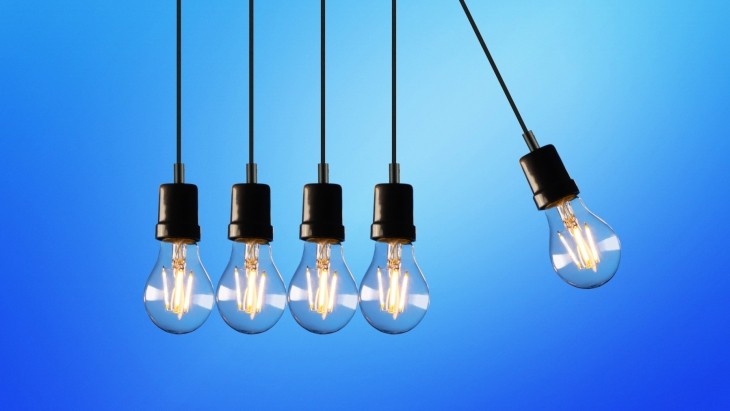
Australian renewable energy company Akaysha Energy has completed the first stage of energisation at the WSB project in NSW for the Energy Corporation of NSW (EnergyCo).
WSB is now registered on Australia’s National Electricity Market (NEM), driven by project partners Akyasha Energy, Consolidated Power Projects, Transgrid, Powin and eks Energy.
EnergyCo director of power systems Lulu Shao commented: “Registering on the NEM is no easy feat, especially for the largest single dispatchable unit on the market and one of the largest grid-scale batteries in the world.”
The 850MW/1.68 gigawatt-hour (GWh) BESS is expected to stand as the largest standby network battery project in the southern hemisphere and the most powerful battery in the world.
The energisation of the Waratah substation is 330kV, facilitated from NSW network operator Transgrid’s Munmorah Substation.
Scheduled to be operational in 2025, the BESS is expected to have a guaranteed continuous active power capacity of at least 700MW and a guaranteed useable energy storage capacity of at least 1.4GWh.
It will remain in standby mode and act as a “shock absorber” for the NSW energy system in the event of sudden power surges. For instance, if there is grid instability due to lightning strikes, Transgrid’s control system will automatically trigger paired generators in regional NSW to temporarily reduce their output, allowing the BESS to discharge while keeping the power system stable.
Akaysha stated that WSB is a key milestone in enhancing grid reliability for the NSW electrical network.
EnergyCo appointed Akaysha, which recently brought its energy storage portfolio in Australia to over 4GWh, to develop WSB in 2022, following the announcement that four of the five coal-fired power stations in NSW are scheduled to close by 2035.
The NSW government identified the project as the most suitable solution that could be delivered in time to ensure security of supply to Sydney, Wollongong and Newcastle. It was designated as Critical State Significant Infrastructure and a Priority Transmission Infrastructure Project.
WSB is one of several projects that were announced under the Electricity Infrastructure Investment Act 2020, which is expected to attract $32bn of private sector investment by 2030 and secure NSW’s ongoing energy transition.
Australia’s renewable energy push sparked by BESS
A spokesperson from Australia’s Renewable Energy Agency (ARENA) told Power Technology that: “Australia is a global leader in the deployment of BESS and has pioneered the role of grid-forming inverters as a technology to help stabilise the grid when operating with very high penetrations of inverter-based resources such as solar and wind.”
Power Technology’s parent company, GlobalData, reports that Asia-Pacific is expected to continue to lead the market in terms of cumulative installed capacity until 2027, accounting for more than 74% of the global BESS market, with Australia as one of the top four countries in the region.
The rapid development of BESS in Australia has been attributed to Tesla billionaire Elon Musk, who in 2017 agreed to a challenge on the construction of a 100MW battery farm in South Australia.
Investments in BESS have since boomed in the country, paving the way for major projects and an expected national storage capacity of 22GW by 2030, as forecast by GlobalData. The Australian Energy Market Operator (AEMO)’s Integrated System Plan predicts that Australia will need at least 49GW of storage by 2050 to reach net zero.
In the second quarter of 2024, the AEMO reported that the NEM has seen energy arbitrage revenues for BESS surge by 97% year-on-year to A$25.4m ($16.39m).
While Australia mines over half of the world’s lithium supply, the critical mineral used in batteries, the country does not refine it and instead exports it to China. The government has been searching for ways to reduce this reliance on China, but until the nation’s lithium supply chain can be streamlined, Australia’s BESS sector will continue to require high levels of funding.
ARENA explained that it has “supported innovations in lithium-ion batteries and grid forming technology”. In 2022, ARENA’s Large Scale Battery Storage Funding Round committed $176m in conditional funding to eight grid-forming battery projects totalling more than 2GW of power and two-hours of storage duration.
“Five of the eight projects, totalling 1.6GW, have now reached financial close and commenced construction,” the spokesperson said.
The agency pointed out that while short duration storage can help Australia’s grid move towards 100% instantaneous renewables by providing system security services, “long duration storage will be important for increasing the overall renewable energy fraction, which ARENA is focused on commercialising”.




